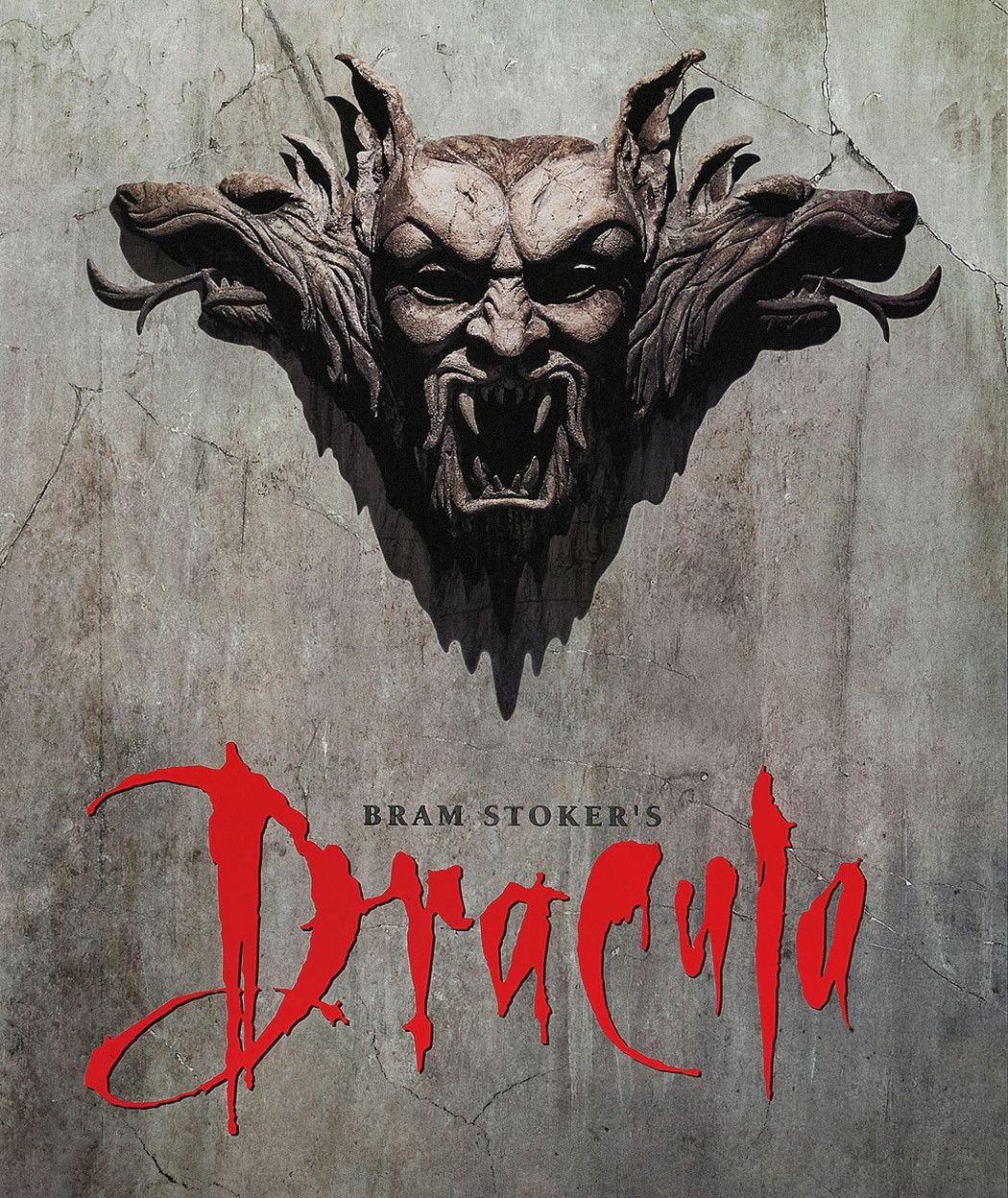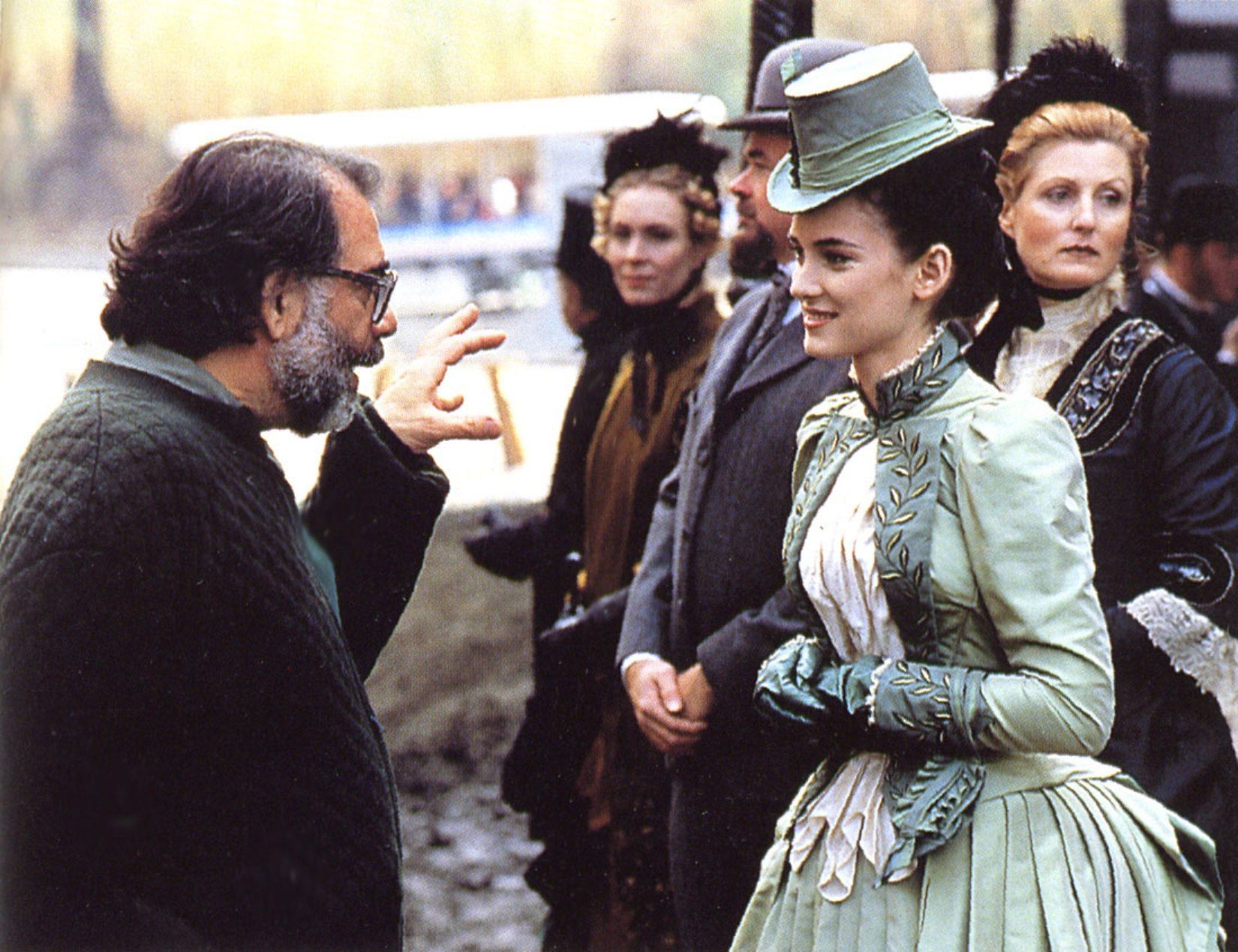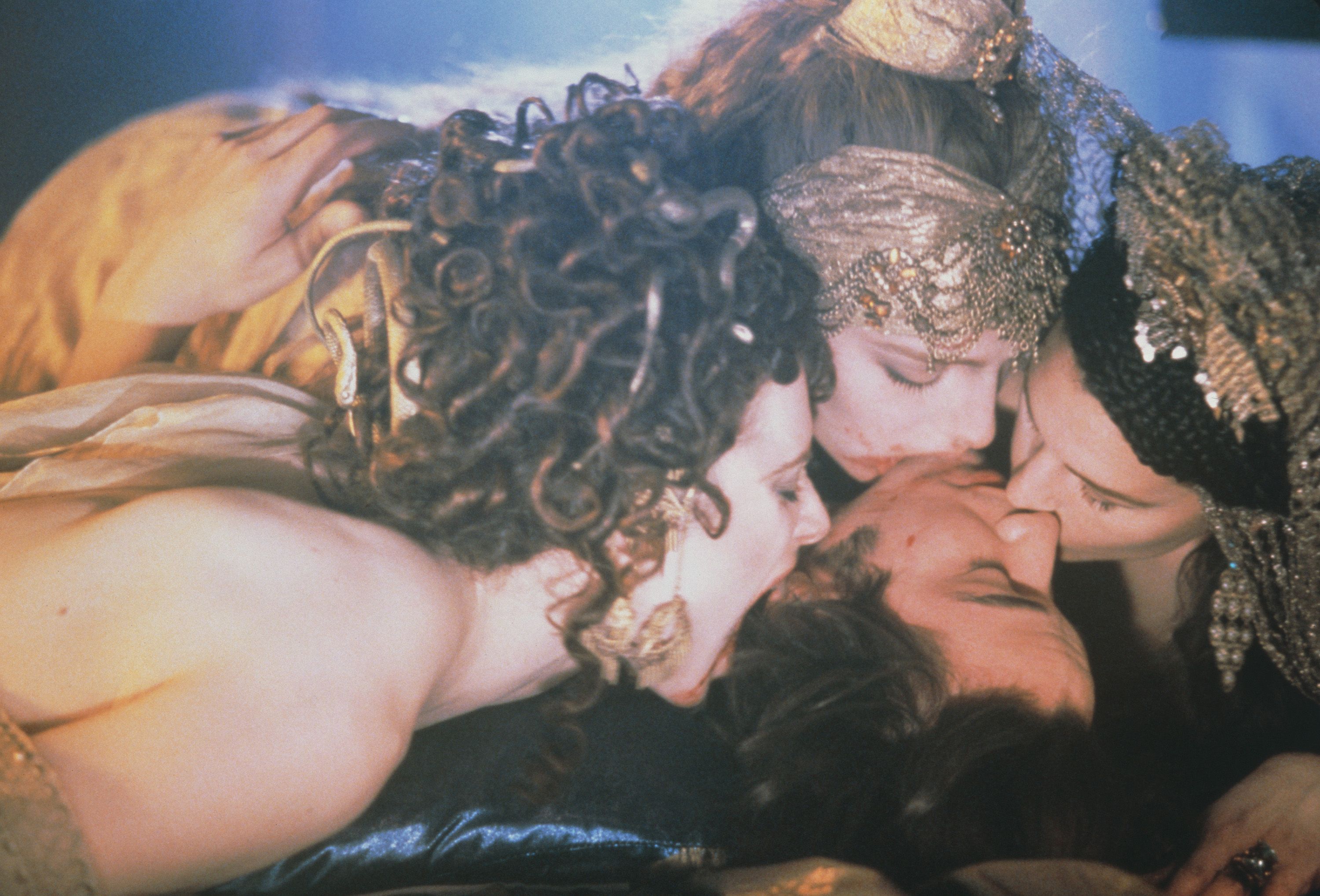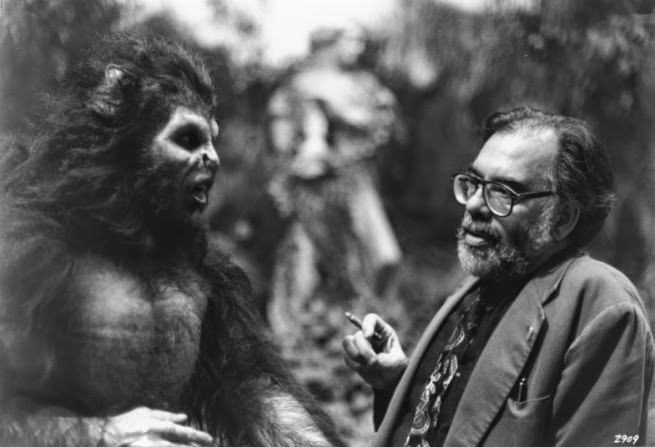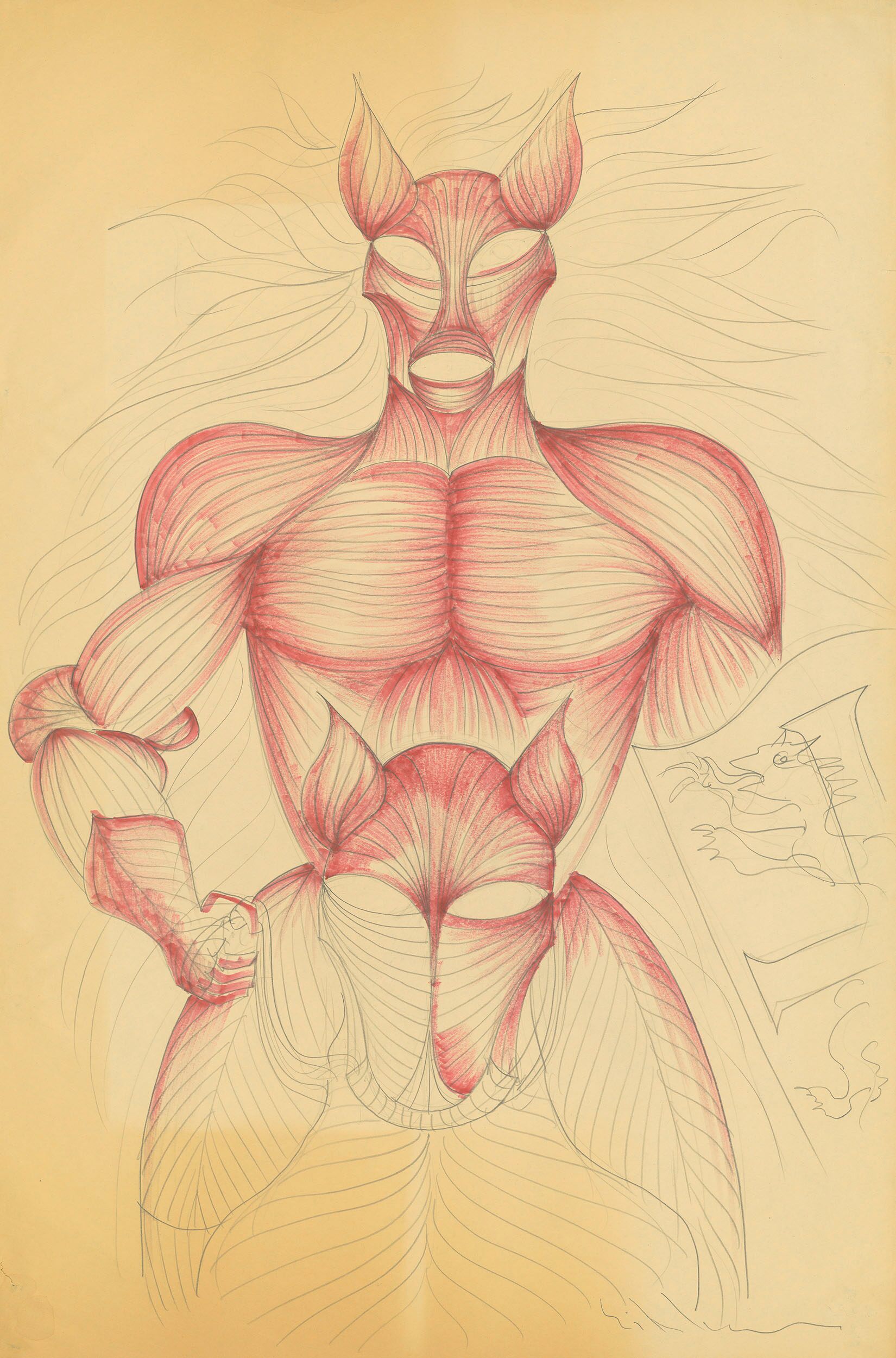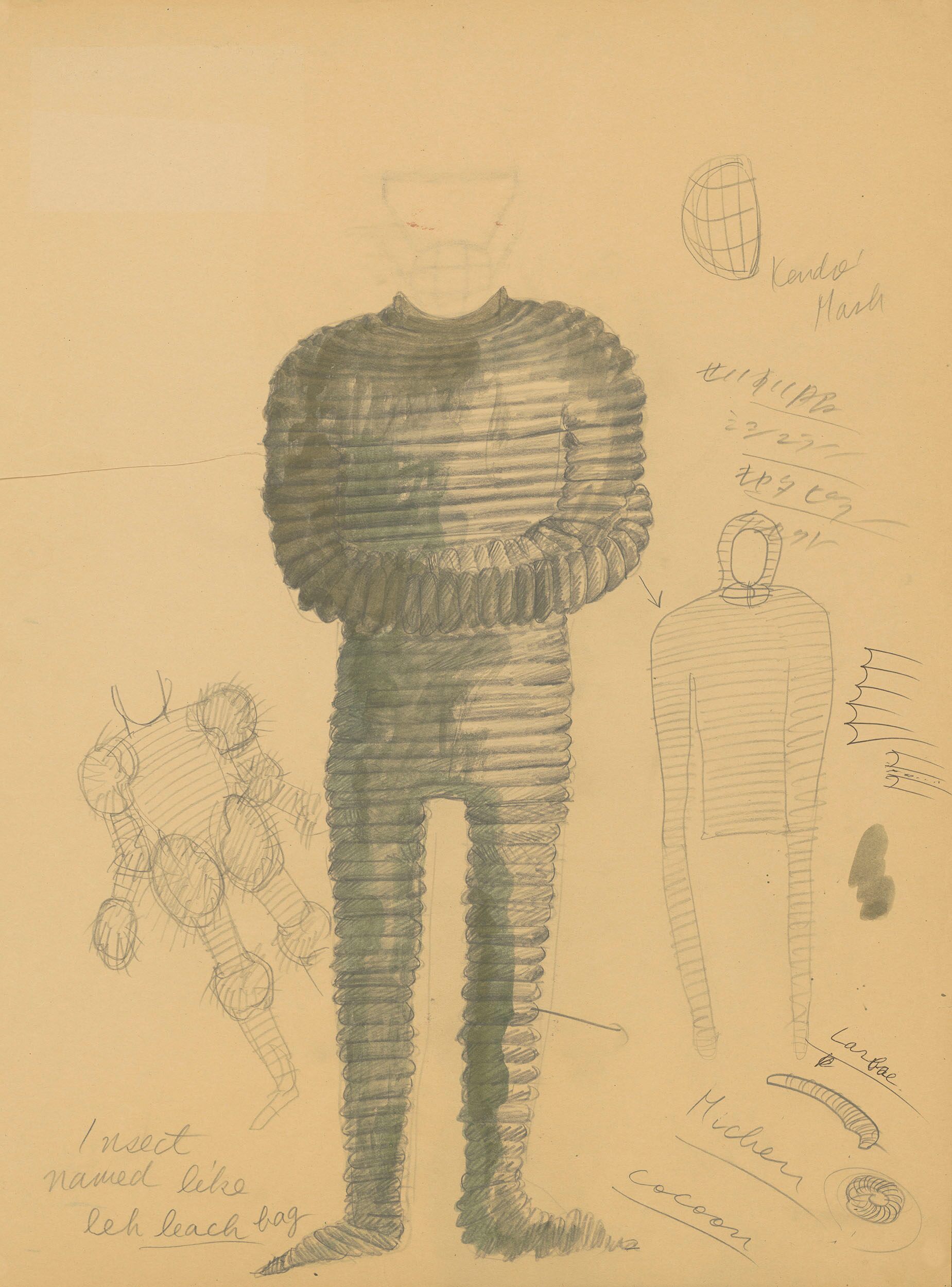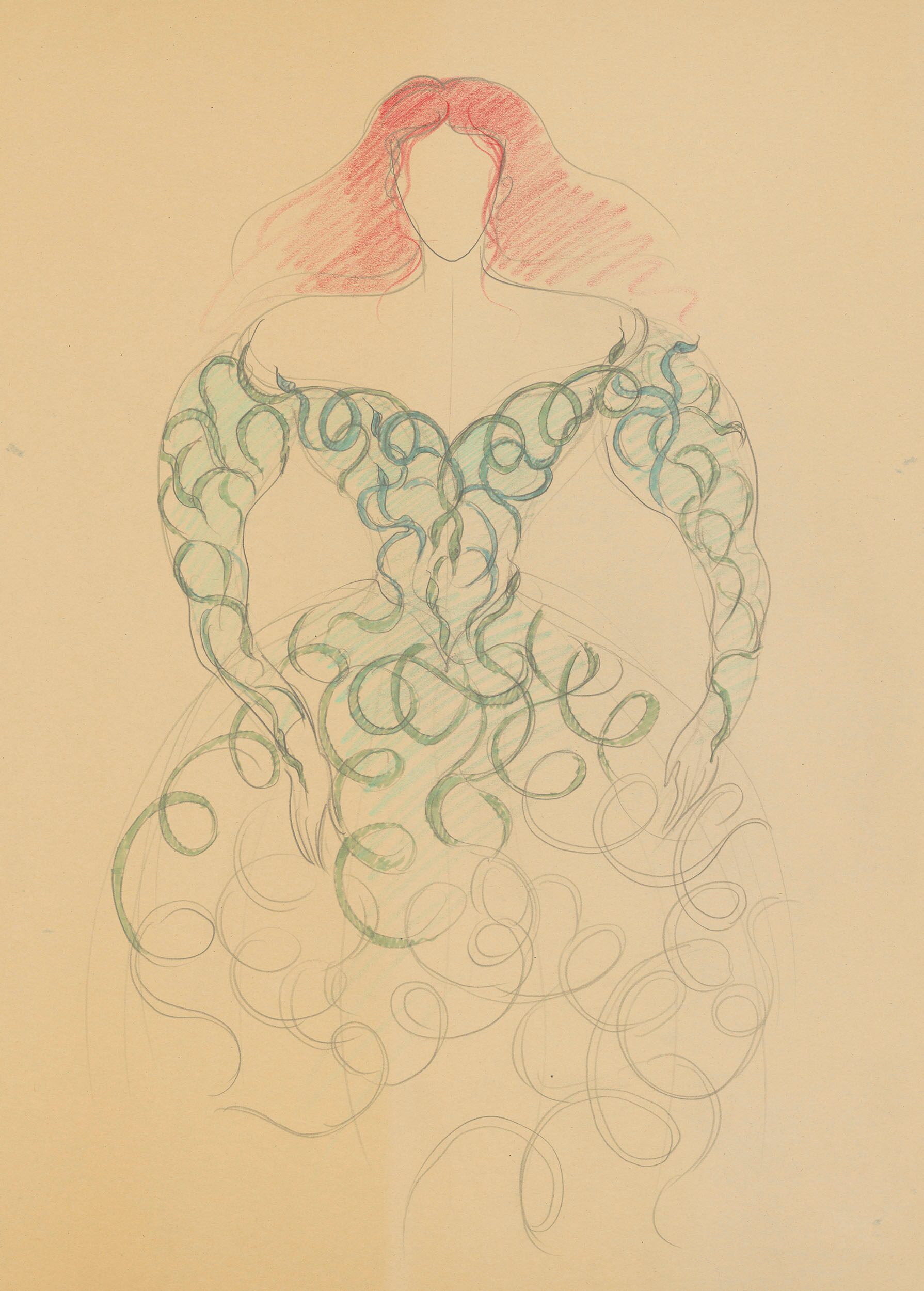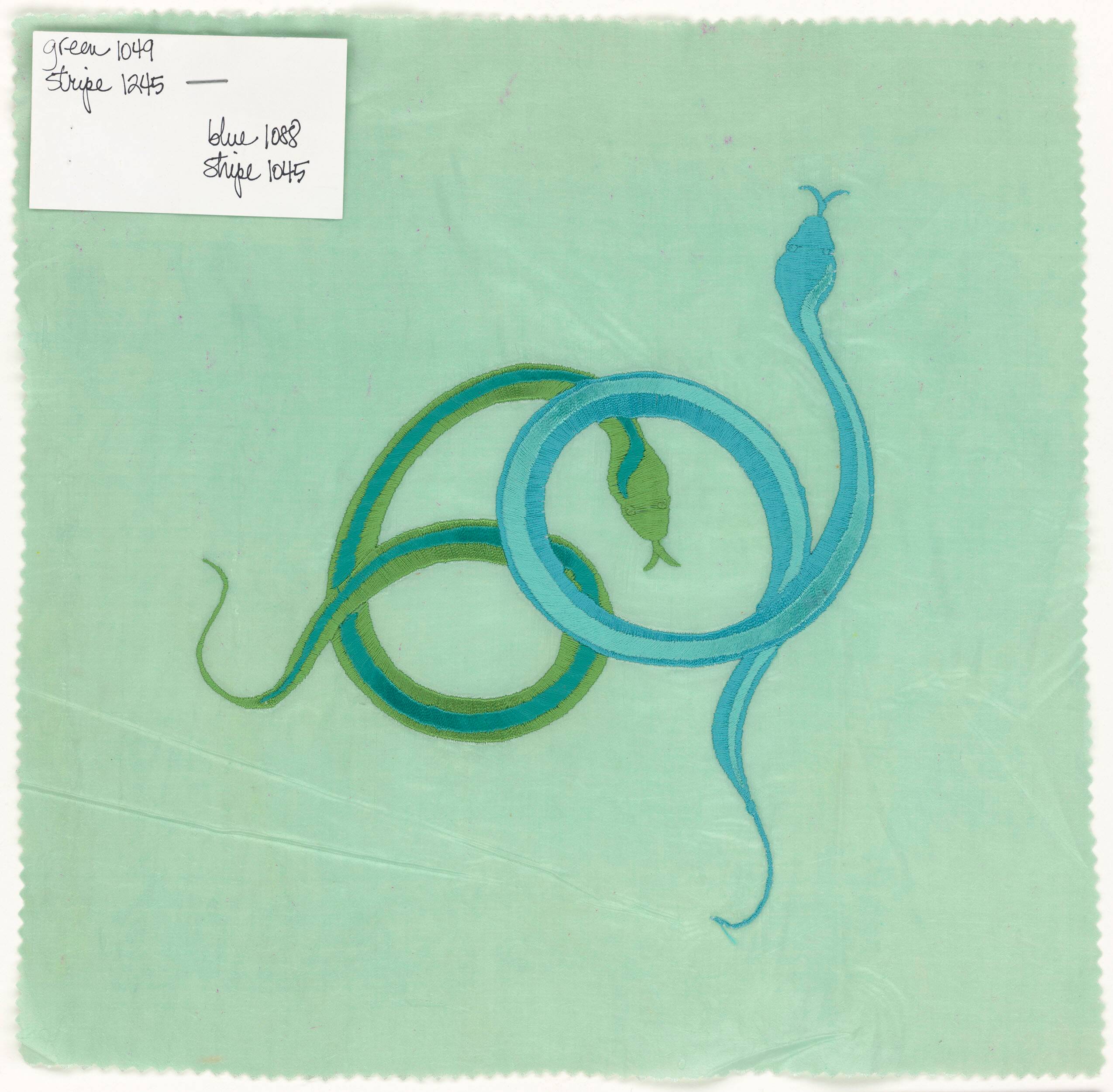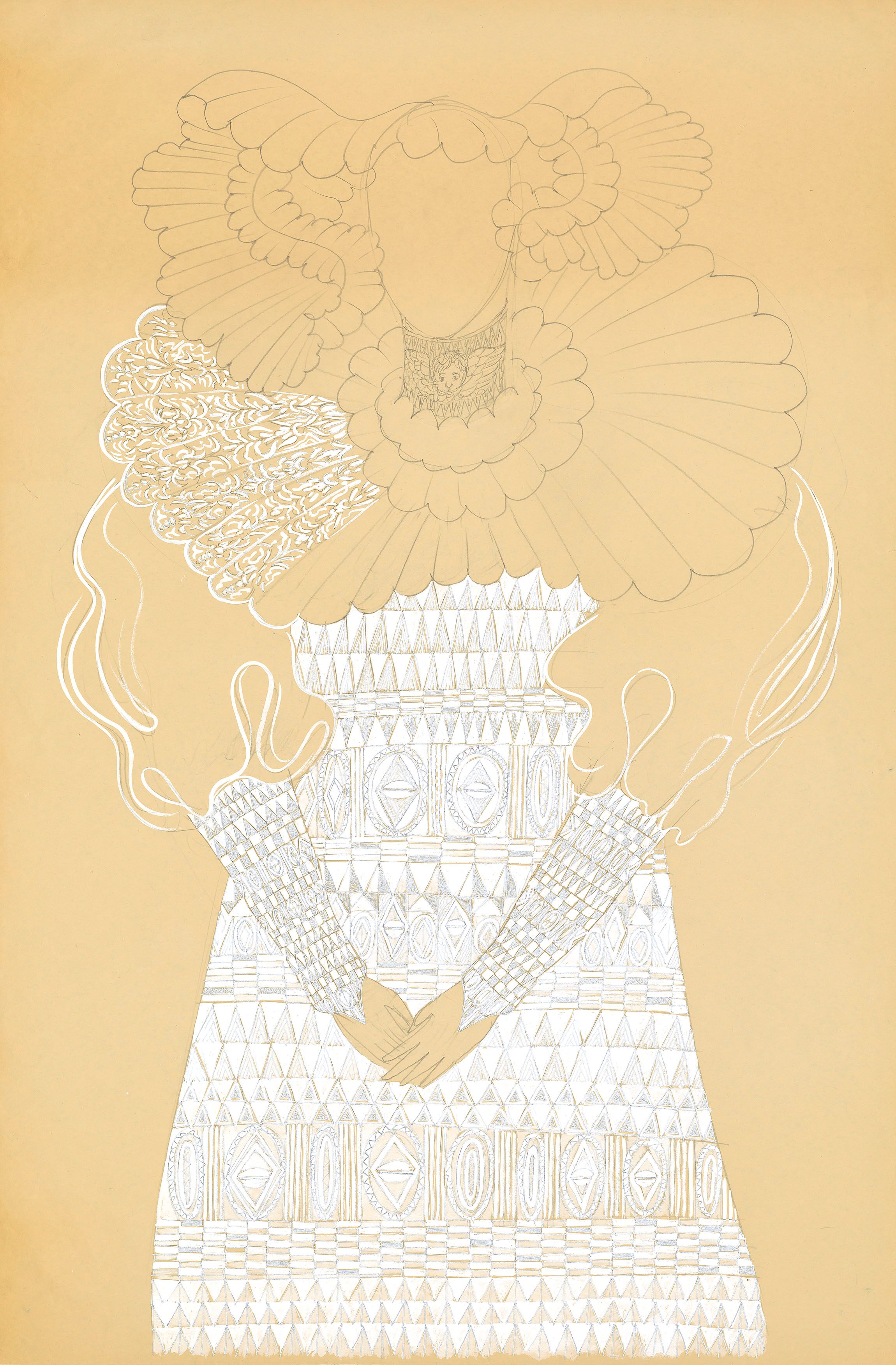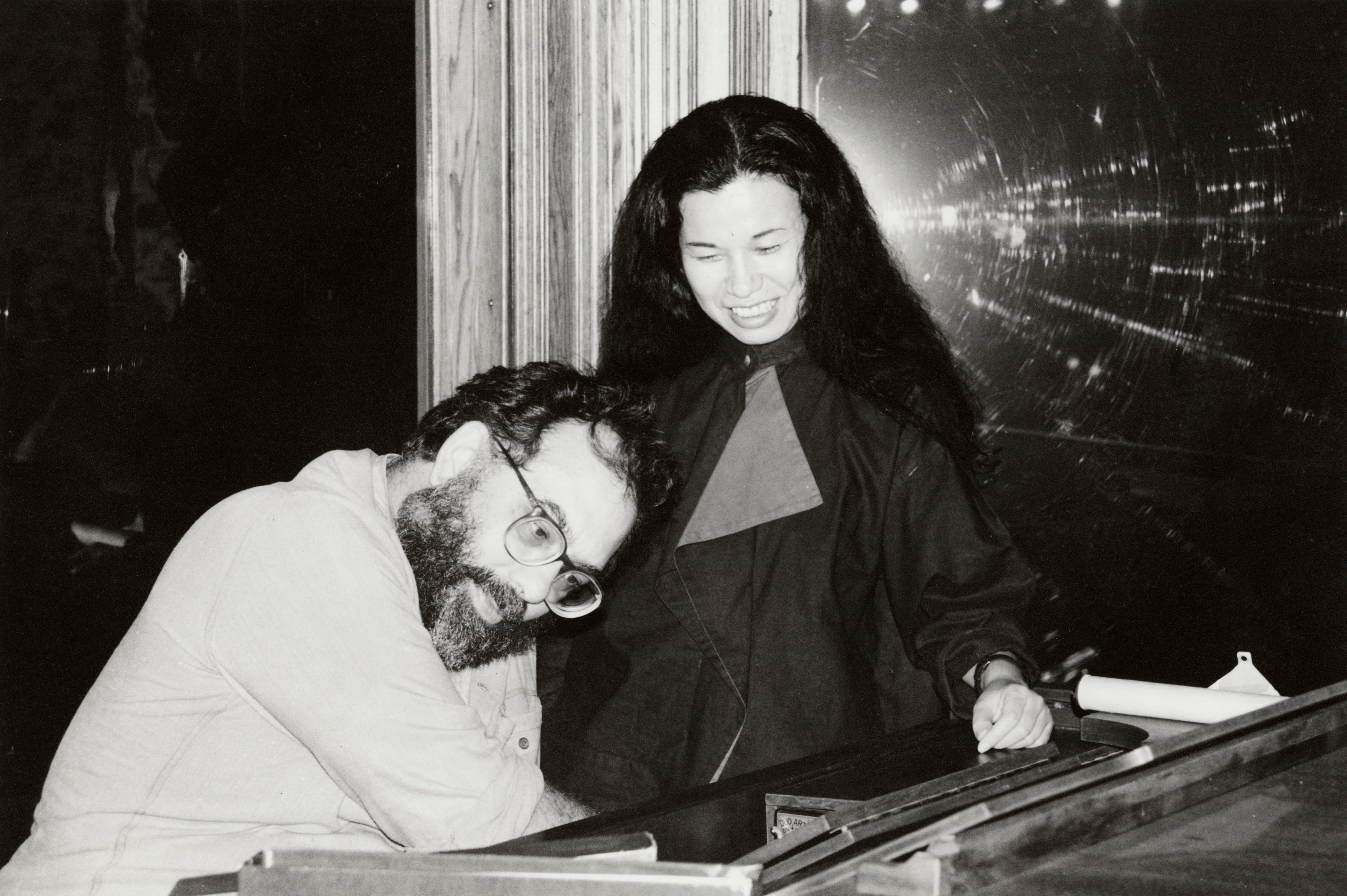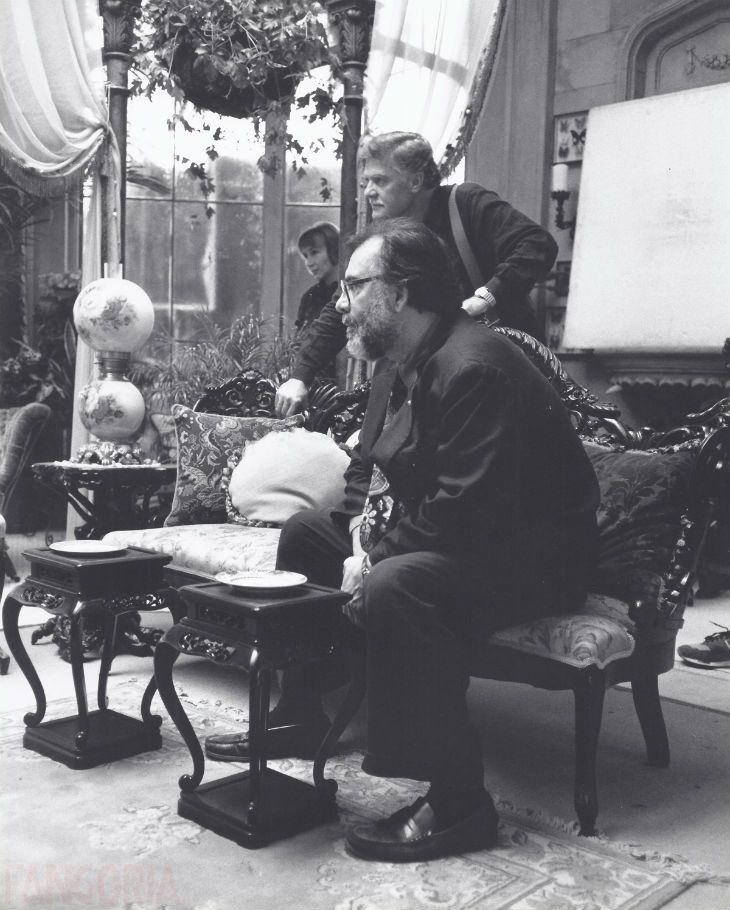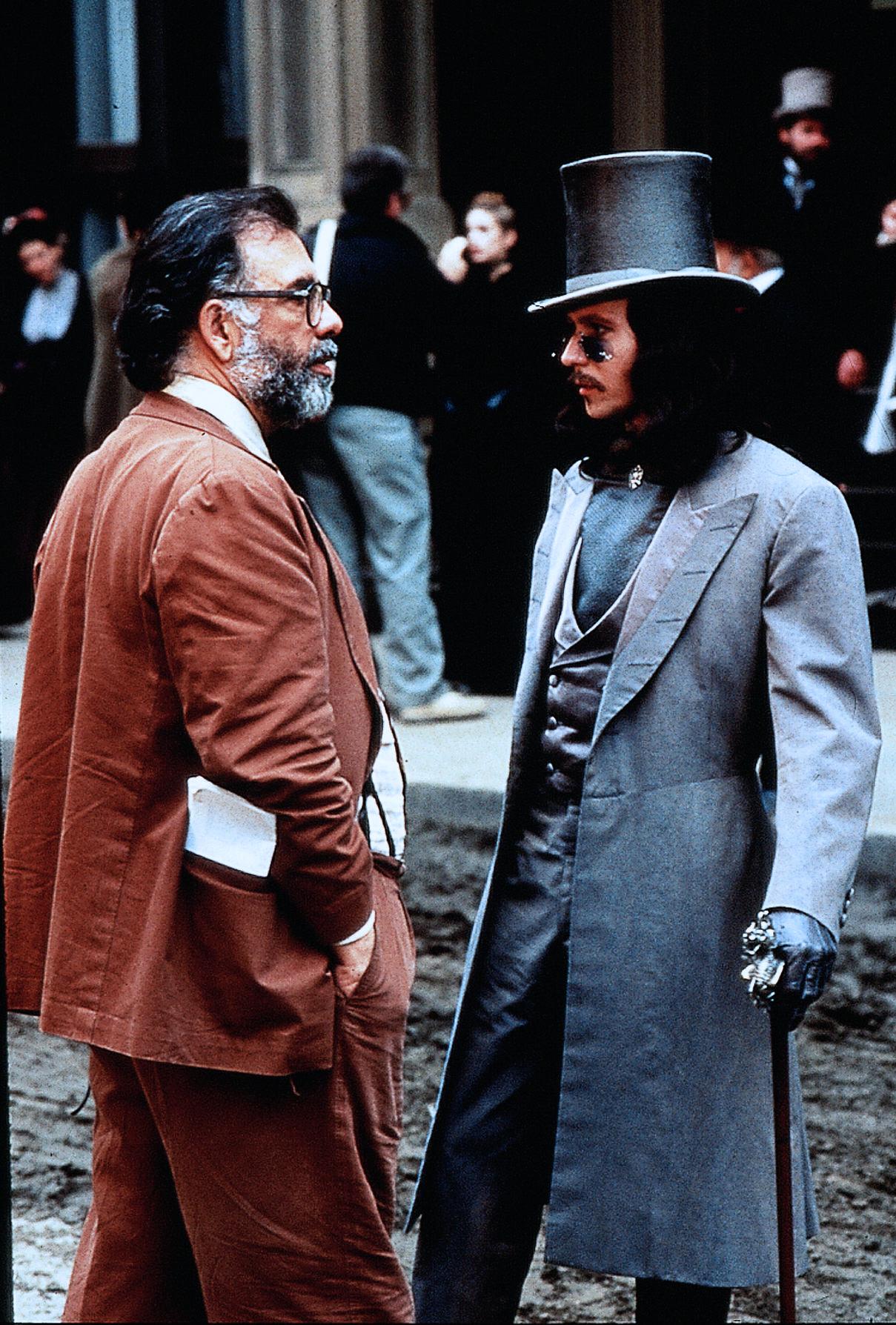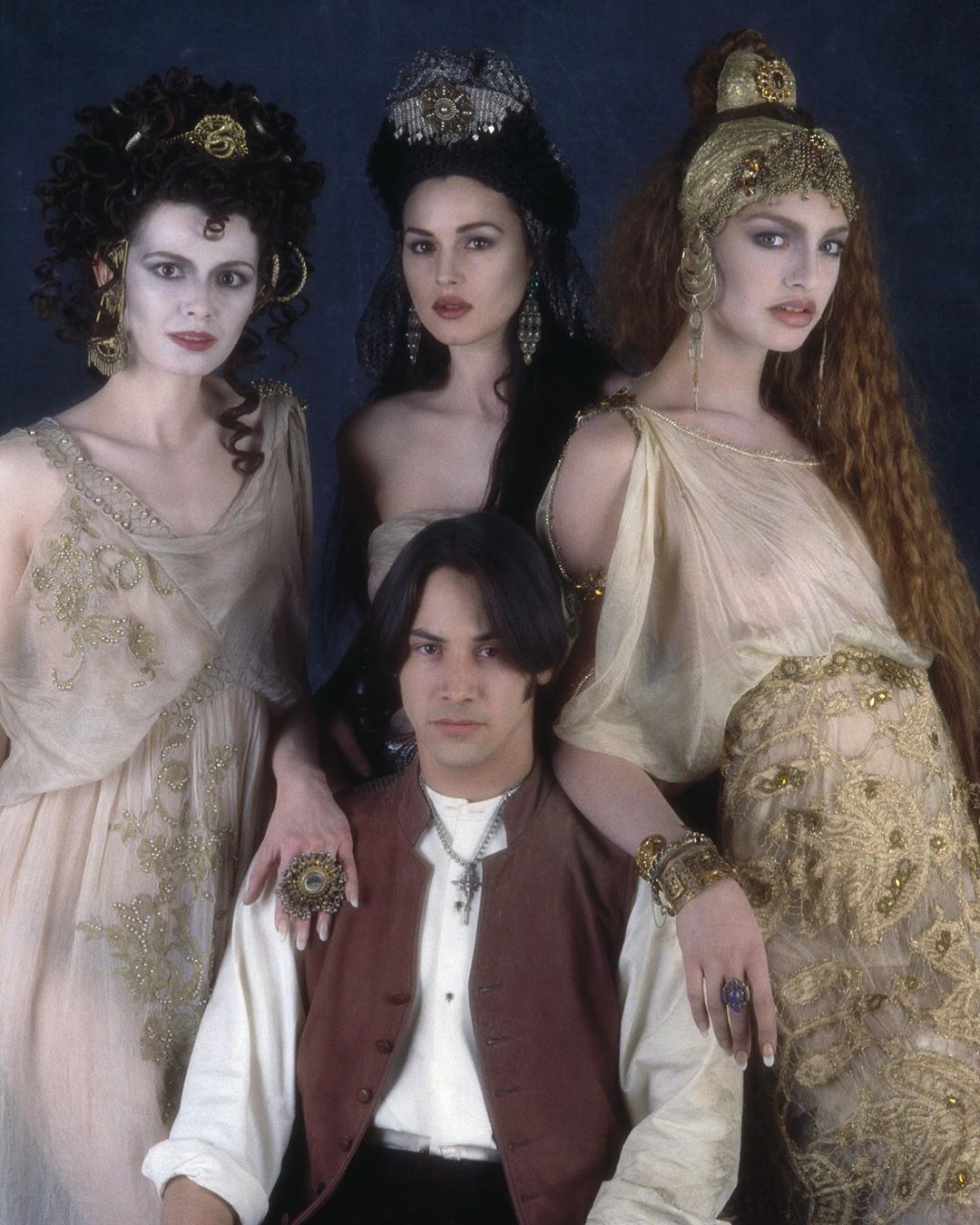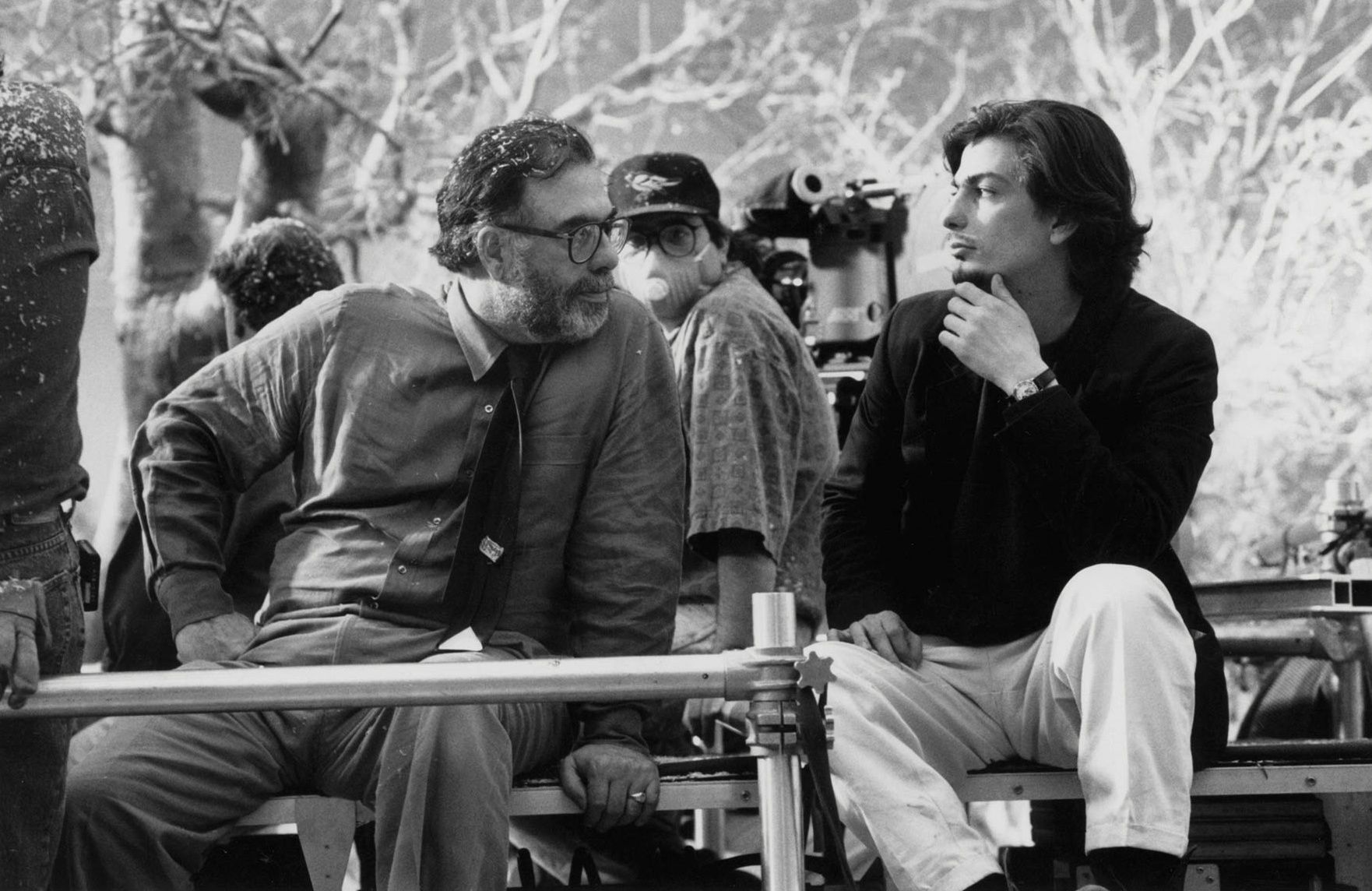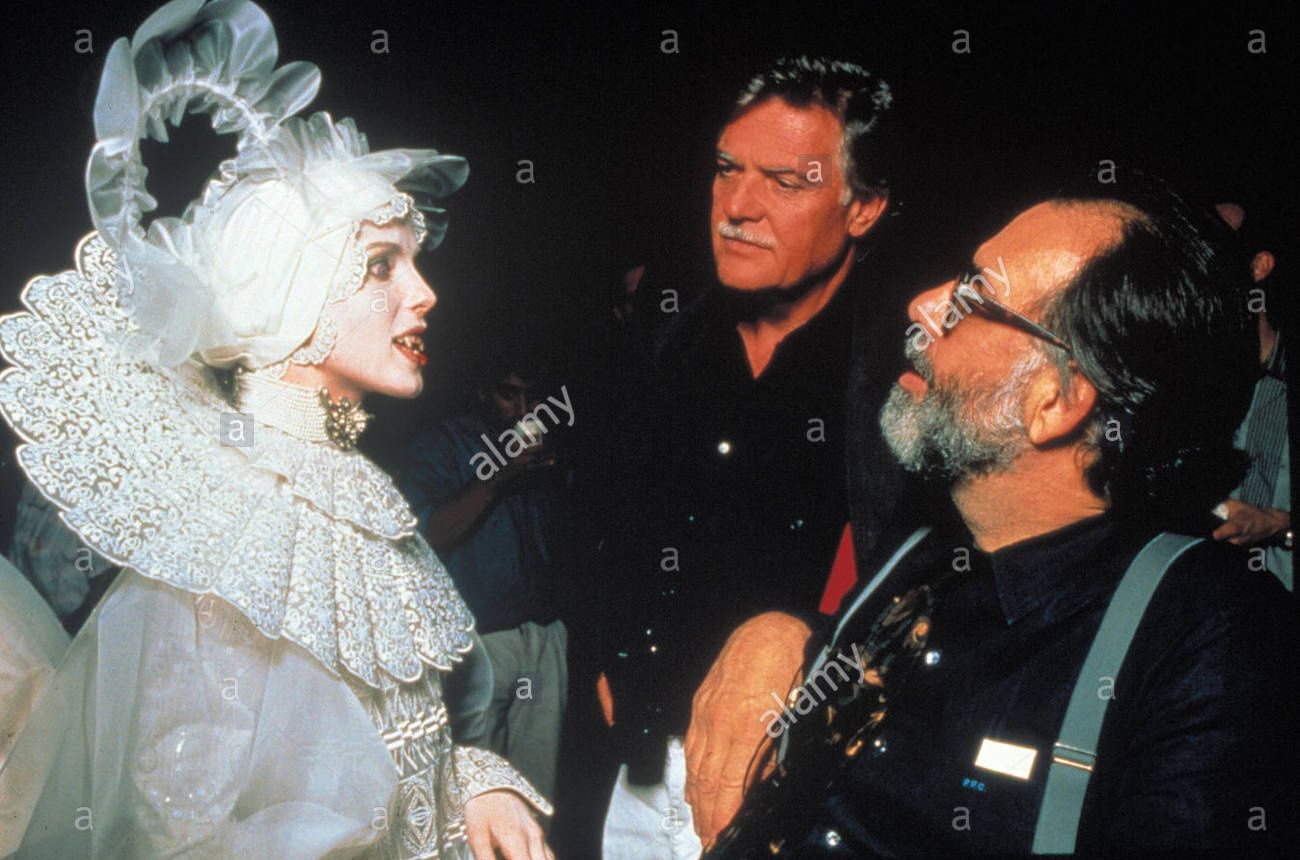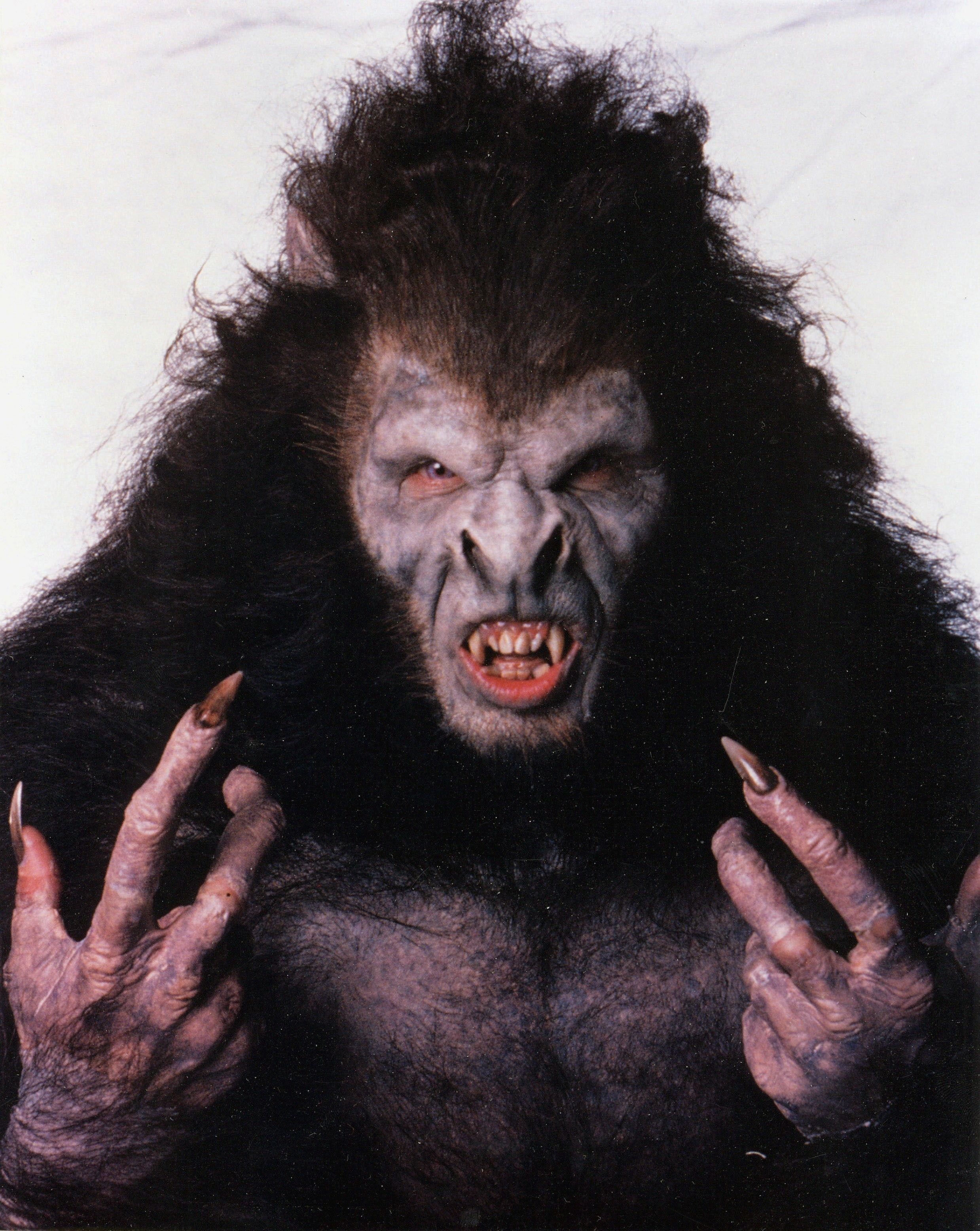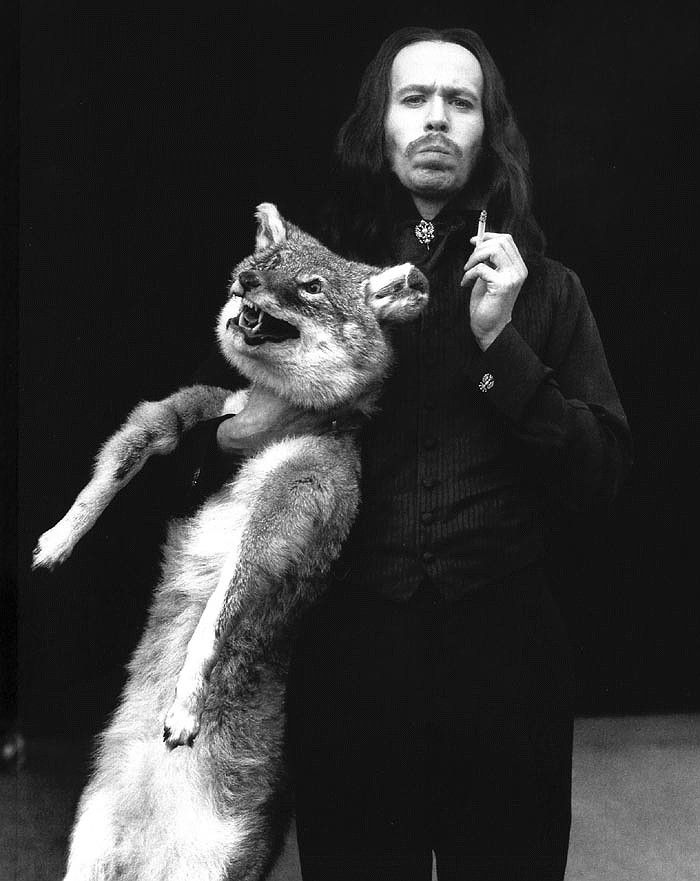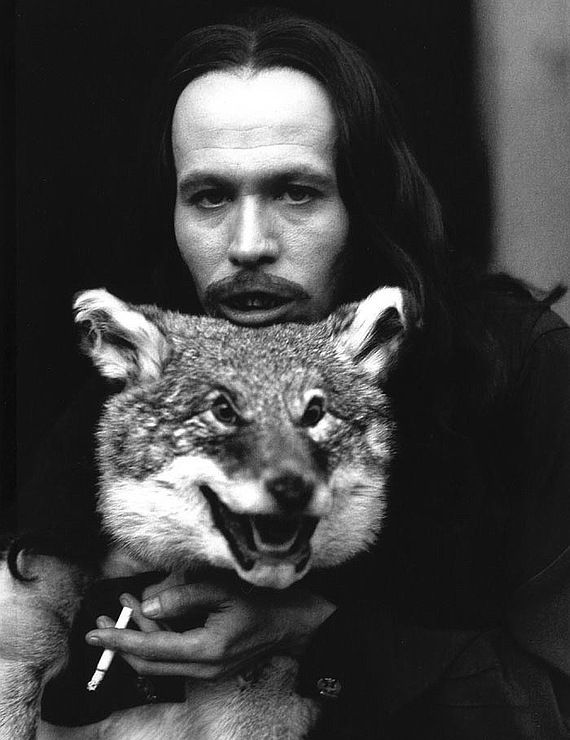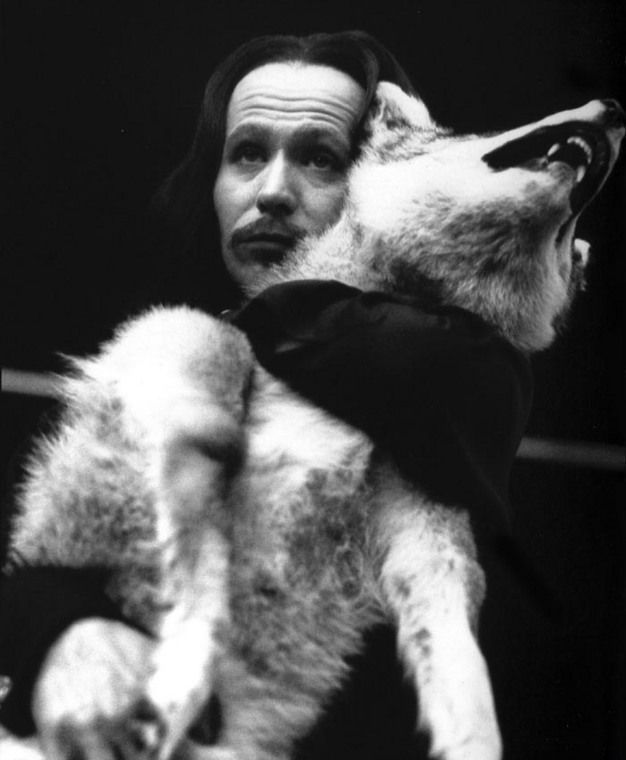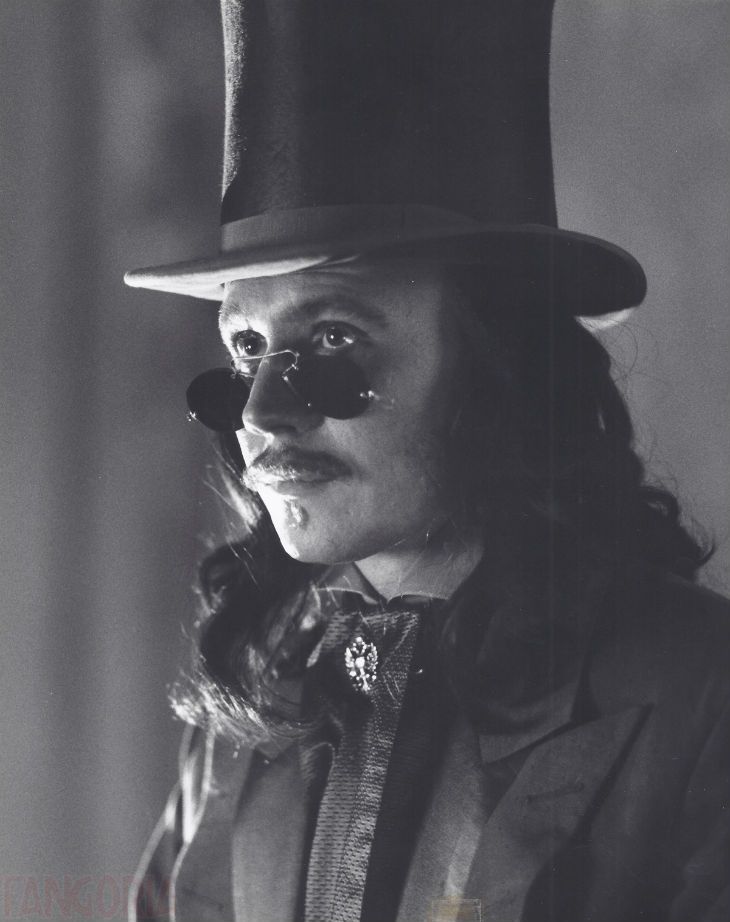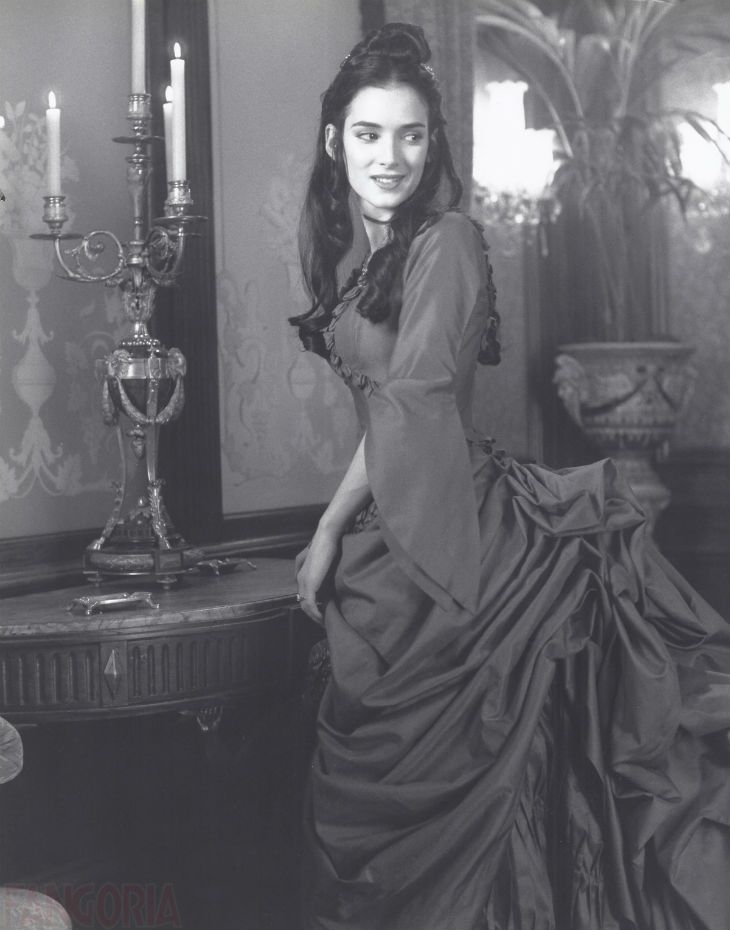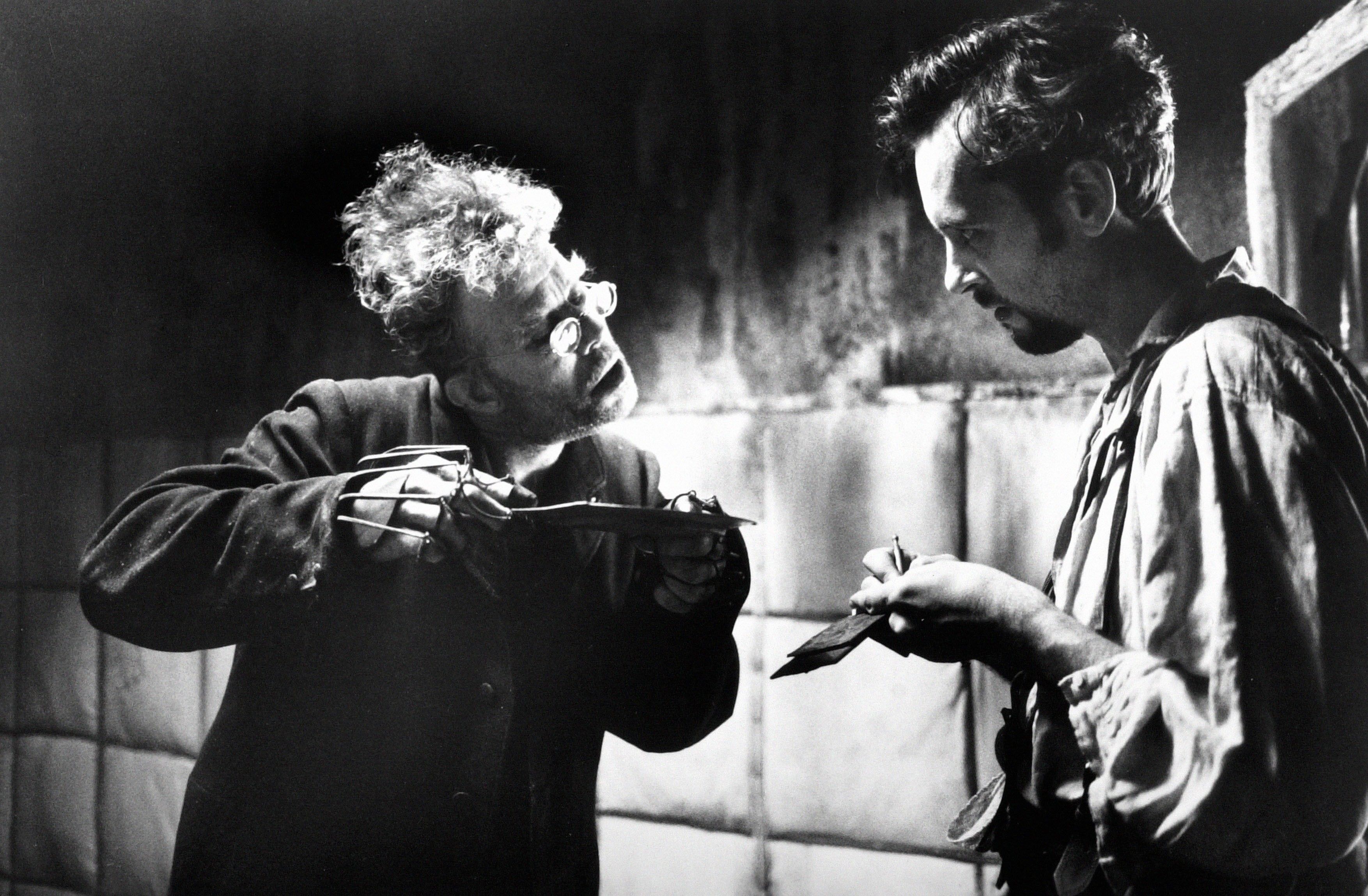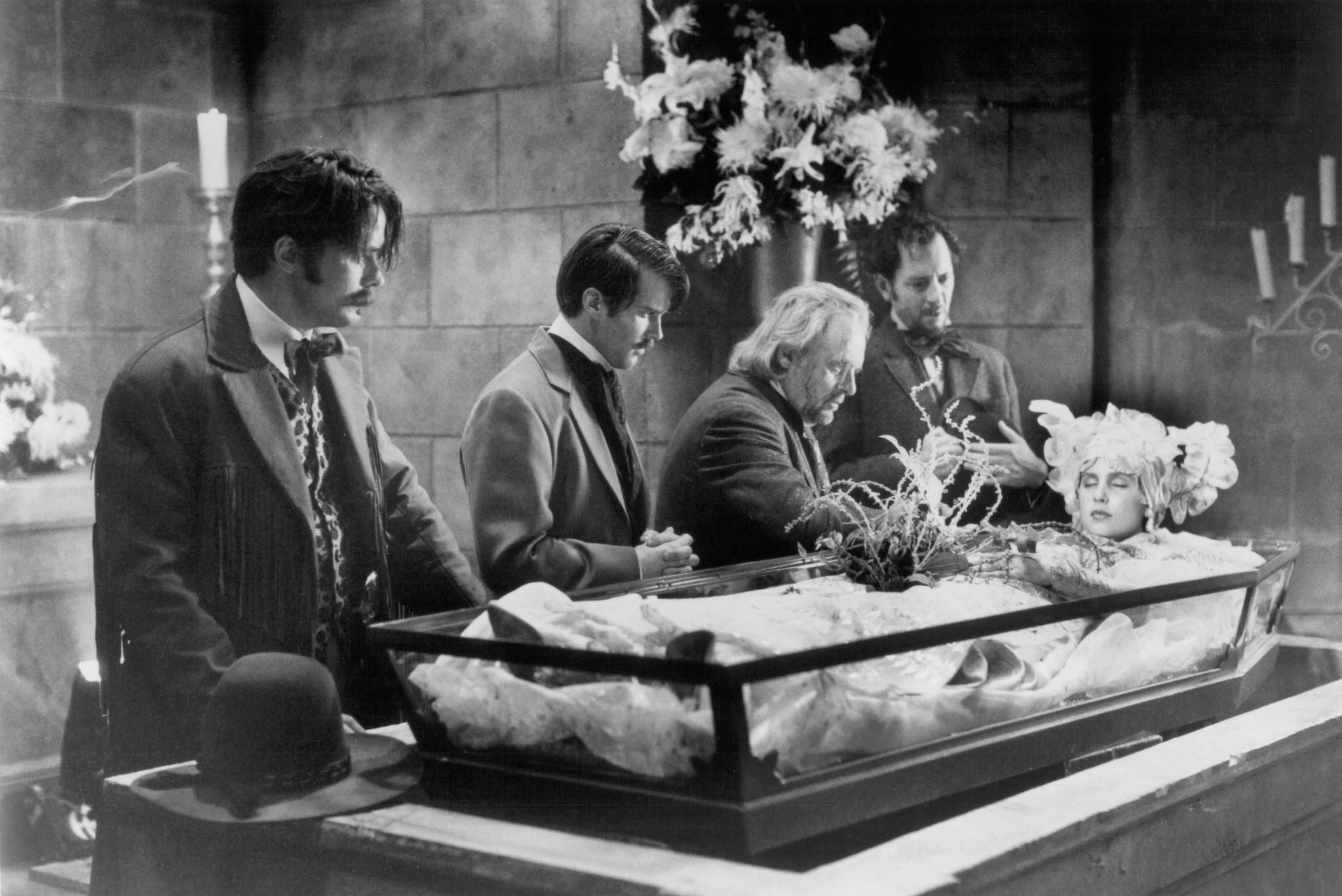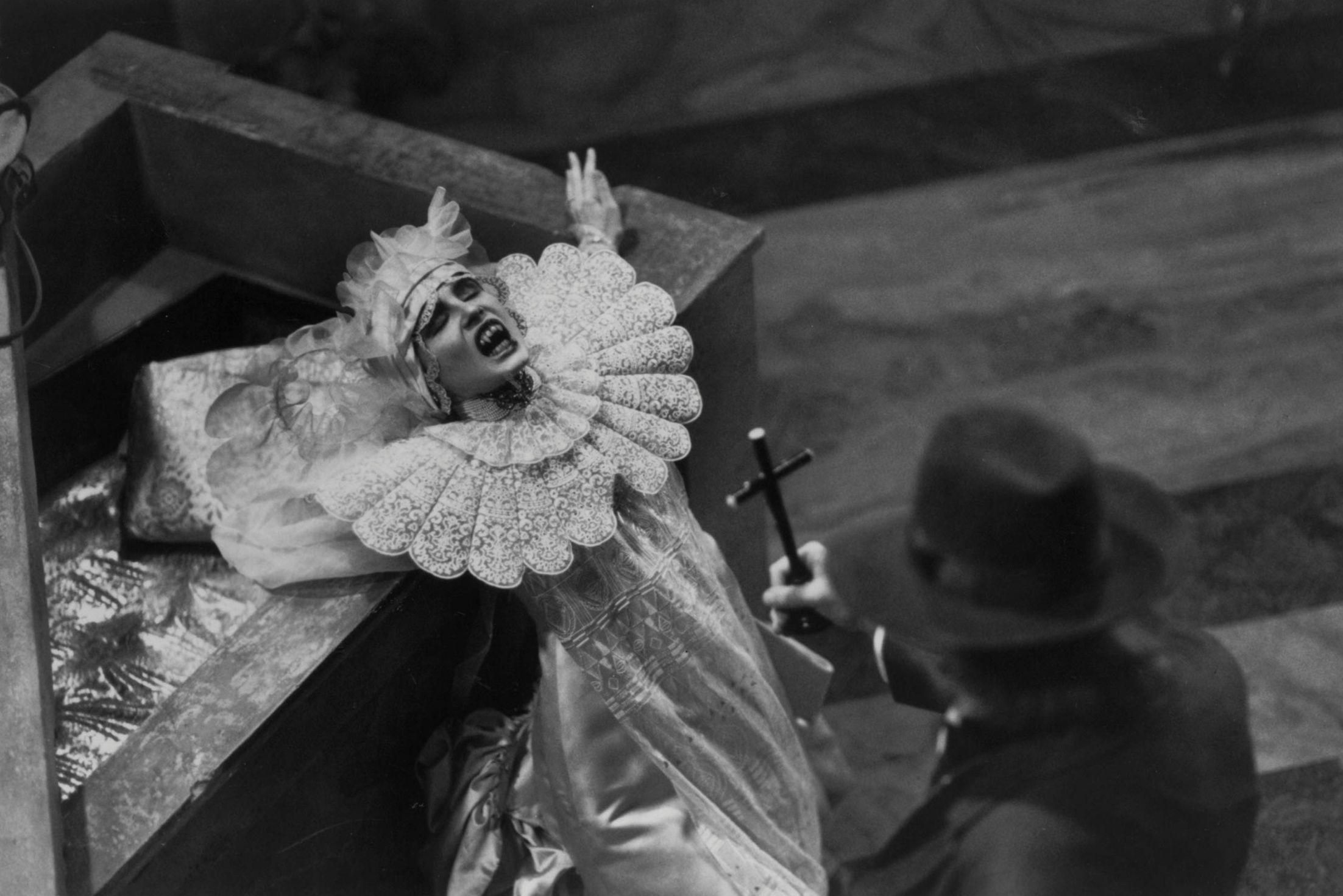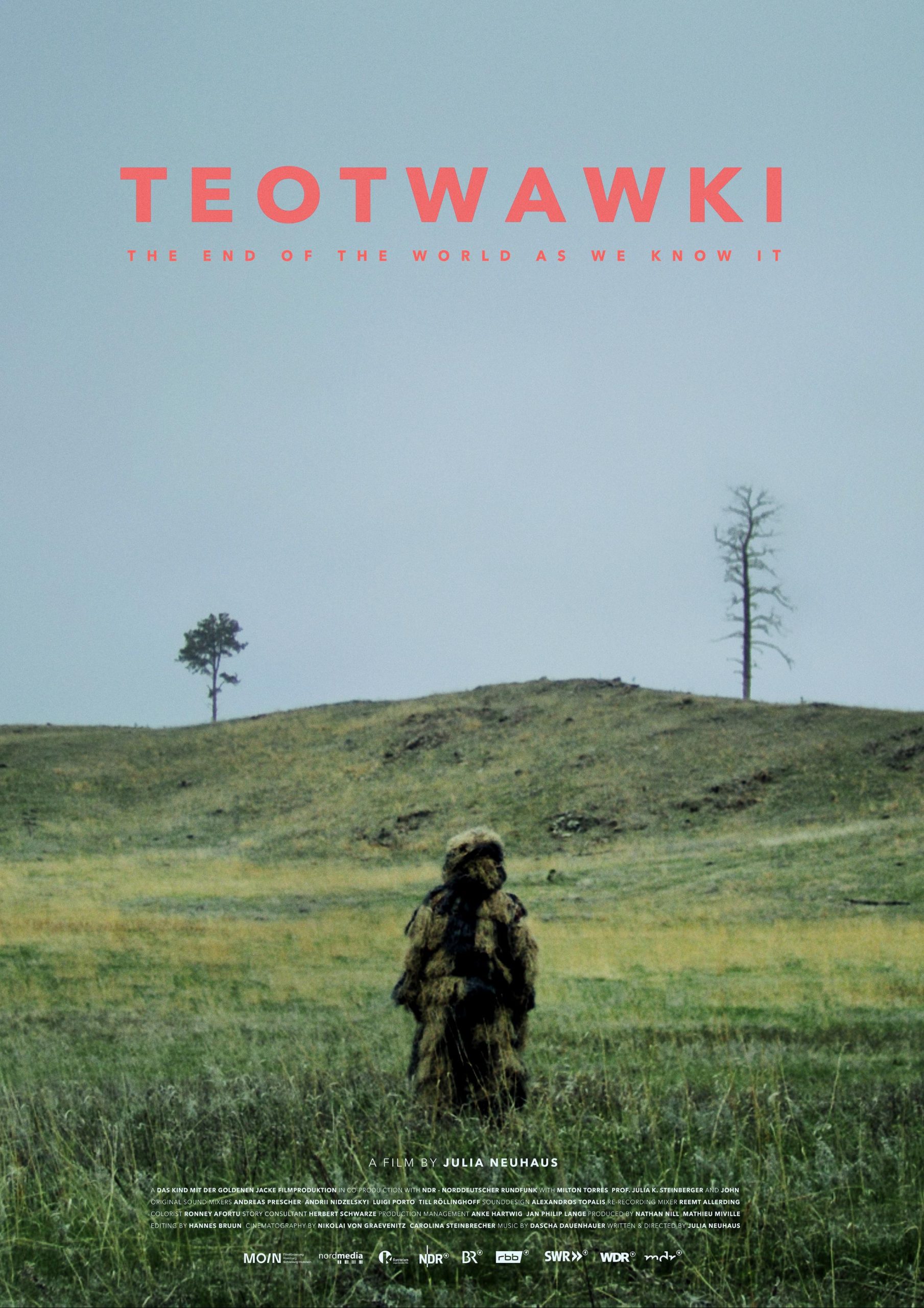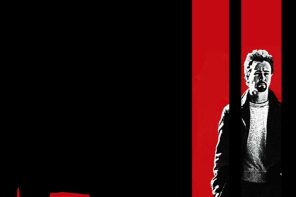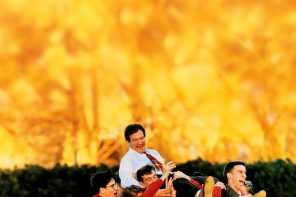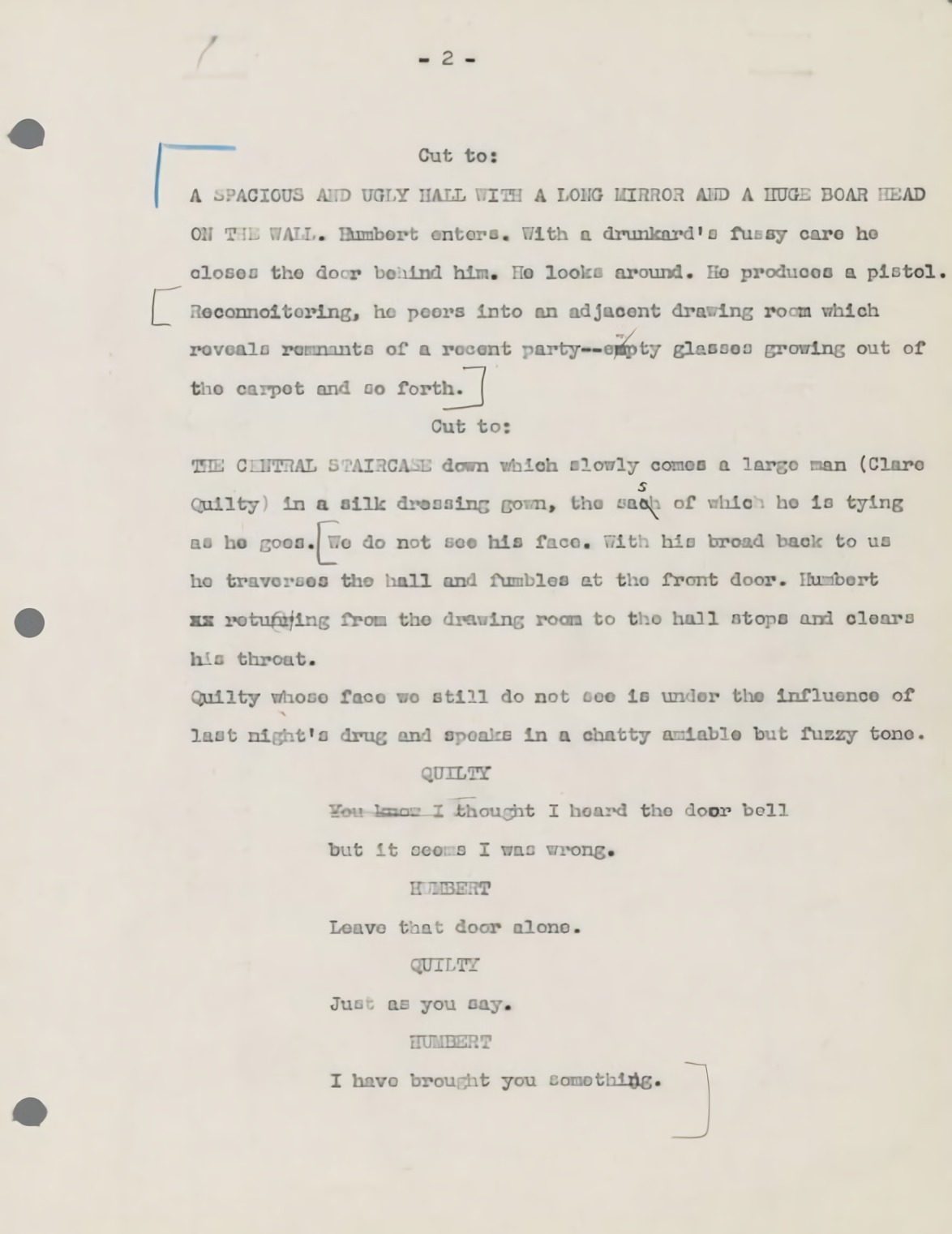By Koraljka Suton
It could be deemed rather poetic that the origins of two of the most iconic and beloved horror movie creatures can be traced back to a single weekend in 1816 hosted by Lord Byron—both Mary Shelley’s Frankenstein and John Polidori’s The Vampyre were the result of a writing challenge proposed by the poet himself, prompting his guests to come up with their own ghost stories. It was this undeniable power of the imagination manifesting itself as the written word that, ultimately, led to director Francis Ford Coppola falling in love with what would later become the world’s most popular vampire. It also made him realize the extent to which the blood-sucking Count is capable of both mesmerizing and terrifying audiences. The story goes as follows: when Coppola was 17, he worked as a drama camp counselor. His then-girlfriend had the same job but was working for a nearby affiliated camp. In order to get the 9-year-old campers to sleep so that he could go see her, the future filmmaker would read to them Irish author Bram Stoker’s 1897 novel Dracula in its entirety. Was the novel sleep-inducing? Hardly. But to Coppola, it seemed like a good idea at the time. Fast forward to a couple of decades later and here we have the critically acclaimed director of cinematic masterpieces such as The Godfather trilogy and Apocalypse Now, presented with the opportunity to direct a movie based on that very same novel:
“Oh, there’s no question that I rose to take the opportunity to direct it because I had actually read the book in such detail to those kids in camp. I was a drama major in school, so I was already thinking of this as a career. And I loved as a kid to go with my older brother to see the Dracula movies, including Abbott and Costello Meets Dracula. Our favorite Dracula, believe it or not, was John Carradine. But those movies didn’t really adapt the book.” —Francis Ford Coppola
And what better way to really adapt the book into a faithful movie than to do it yourself. James V. Hart’s script (he would later write Contact) was brought to Coppola’s attention by Winona Ryder, who wished to meet with the director and talk things out after having abandoned The Godfather: Part III at the last minute, thereby causing a delay in production and forcing Coppola to replace Ryder with his own daughter Sofia, a choice critics and audiences alike did not meet with much enthusiasm. But the initial plans for Hart’s adapted screenplay included it being turned into a TV movie directed by Michael Apted. Once Coppola decided to sit in the director’s chair, Apted was out of his primary job, but went on to become the movie’s executive producer.
Columbia Pictures gave the director $40 million to make Bram Stoker’s Dracula, which soon became one of the biggest movies of 1992, as well as one of the most successful projects of Coppola’s career, earning $215 million worldwide, saving Coppola and George Lucas’ production company American Zoetrope from bankruptcy and winning three Academy Awards: Eiko Ishioka won for Best Costume Design, Greg Cannom, Michèle Burke, and Matthew W. Mungle for Best Make-Up and Tom C. McCarthy and David E. Stone for Best Sound Editing. And while it is commonplace for movies to have tie-in merchandise upon their home release, it was not a likely scenario for R rated films, unless they were part of a popular franchise. Luckily for Bram Stoker’s Dracula, the odds seemed to have been in his favor—the film received a video game, replica weapons, a pinball game, as well as a VHS box shaped like a coffin and a comic book written by Roy Thomas and illustrated by Mike Mignola. All of this despite the fact that the movie press nicknamed it Bonfire of the Vampires before its release—a reference to The Bonfire of the Vanities, which bombed heavily at the box office in 1990—due to the film’s alleged rising costs and problematic test screenings, which resulted in Hollywood insiders calling it too violent and too odd to succeed. But succeed it did—and not despite its oddness, but because of it.
“Winona Rider. She told me she loved this Dracula script that was very much like the book. And then I thought, well, Dracula was written at the same time as cinema was invented. What if I made Dracula much in the way that the earliest cinema practitioners would have? You know, making a thing that is in fact what it is also about.” —Francis Ford Coppola
What Coppola did with his gothic horror movie in terms of visual effects was something many considered strange and unreasonable, but for the visionary, it was the only right way to go about it if he wanted not only the script, but also the movie’s tone to be faithful to its source material and the time period it takes place in. His take on the visuals is also one of the main reasons why both audiences and critics look back at Bram Stoker’s Dracula 27 years later with awe and tremendous respect. Making the movie “in the way that the earliest cinema practitioners would have” meant renouncing CGI or digital VFX. When wanting to implement his vision, his Visual Effects team told him it could not be done without modern digital technology. They were, in Coppola’s words, “as they always do, leading me down the path to do it the way everybody else does it.” As a result, the director fired all of them and instead hired his son Roman, a magic enthusiast, who was in his mid-twenties at the time: “And in a sense I began to realize that it was only my own family, my son whom I have raised in this style of adventure, who would be there shoulder to shoulder with me, pushing it to be what I hoped it could be.”
Or as Roman himself put it: “It was just the challenge of doing it the hard way and the pleasure of knowing that was how it was done in the past. And we were staying in that tradition.” In order to create the wanted visual effects, father and son used every (magic) trick in the book, thus paying homage to the previous one hundred years of filmmaking: rear projection, reverse motion, matte paintings, miniature effects, front projection, forced perspective and multiple exposures. They shot the majority of the movie on sound stages as opposed to actual locations, which in turn only emphasized the movie’s peculiar picture-book quality.
“You photograph a scene and then you make good notes and you put it in the refrigerator and a week later you take the film out and then put it in the camera, and re-photograph the next element (…) In some cases, we passed the film through the camera three or four times before it was developed. It’s very difficult, but the photography you get is very beautiful.” —Francis Ford Coppola
Another interesting aspect of the effects is the use of shadows. According to the director, natural laws would not “work” in the presence of vampires—by showing shadows acting of their own accord, emancipated from whoever cast them, he wanted to highlight Bram Stoker’s Dracula’s supernatural elements. It should come as no surprise that the shadow scenes were directly influenced by F.W. Murnau’s Nosferatu, with German cinematographer Michael Ballhaus crediting the 1922 classic for serving as inspiration in terms of both cinematography and visual design. Ballhaus himself perfectly captures Coppola’s disturbing vision with utter self-confidence, helping the director transmit the aforementioned essence of cinema’s illusionist roots while at the same time creating something entirely new and different.
Coppola planned every shot very carefully and diligently, crafting a storyboard with about a thousand images. He then made a choppy animated movie out of the drawings, added music, as well as scenes from Jean Cocteau’s 1946 version of Beauty and the Beast and paintings done by Gustav Klimt and other symbolists. He showed the film to his designers so that they would get the feel of what he was striving to achieve. When it came to costumes, he asked the set costume designers to present him with designs that were “weird.” As he later recalled: “‘Weird’ became a code word for ‘Let’s not do formula (…) Give me something that either comes from the research or that comes from your own nightmares.’ I gave them paintings, and I gave them drawings, and I talked to them about how I thought the imagery could work.”
Weird is, in fact, the best possible adjective one can attribute to Coppola’s take on Bram Stoker’s Dracula. From visual effects and set design, all the way to costume design—not one aspect of his movie bears any resemblance to normalcy. Yet it was only with the actors’ performances that this inherent weirdness could be taken not one, but several steps further. Gary Oldman put on the titular character’s fangs and cape, and did so with utter devotion. Coppola stated that Oldman was on set three weeks before they began filming, working with make-up crews and costume designers so as to get ready for the many (prosthetic) forms the Count would take on. One such form—arguably the scariest one—was that of a giant bat, but Oldman was not convinced that the costume was frightening. This is why the director instructed Oldman to go around the set and whisper terrifying things into the actors’ ears so that their fear of him would be genuine. In fact, Coppola stated that Oldman himself was crucial for the creation of the majority of the Count’s personas: “He loves cooking up ideas. He’s a very intelligent person. It’s a pity that he gets cast as villains too much of the time.”
But not everyone was impressed with Oldman’s acting methods. His co-star Winona Ryder, who played Mina, Dracula’s reincarnated love interest whom he had crossed “oceans of time” for, allegedly had a falling out with the British actor early on. No one knew what the reason was, but Ryder herself labeled the experience as traumatic, stating that she “felt there was a danger” while collaborating with him. She later on referenced their time together on the set, saying: “He [Gary] was going through a divorce, and I think I can say this because he’s pretty open about it, but he’s been sober for a long time now, and he’s raised three kids, and he’s a dream. He’s a good friend of mine now…”
Another actor that proved to be difficult to work with on set at the time was Anthony Hopkins, who stepped into the shoes of vampire hunter Van Helsing, a role that almost went to Liam Neeson. But the one who was frustrated with Hopkins was not another co-star, but rather Coppola himself. While the director wanted his actors to read the source material, Hopkins did not show any interest and refused to rehearse scenes prior to shooting. Although Coppola was not too pleased during the filming process, he later on stated that the spontaneous way Hopkins had gone about it probably resulted in more authenticity.
When it comes to authenticity, one actor sadly did not do his role justice and was heavily criticized for his emotionally stiff performance and his abysmal attempt at a British accent—Keanu Reeves was cast in the role of Mina’s soon-to-be-husband Jonathan Harker who ends up trapped inside Dracula’s castle in Transylvania while the Count is off seducing his fiancé in London. Well aware of the backlash his performance got, Reeves defended himself by saying that he had been exhausted from previous projects while filming Bram Stoker’s Dracula and had thus had nothing more to give. But the person who really came to his and his accent’s rescue was none other than Coppola, who stated:
“He tried so hard. That was the problem, actually—he wanted to do it perfectly and in trying to do it perfectly it came off as stilted. I tried to get him to just relax with it and not do it so fastidiously. So maybe I wasn’t as critical of him, but that’s because I like him personally so much. To this day he’s a prince in my eyes.” —Francis Ford Coppola on Keanu Reeves
And just as Keanu stayed a prince in Coppola’s eyes, so did Dracula remain one in Mina’s right until the very end. For the most prominent change in regards to the source material is the introduction of a romantic relationship between the Count and his chosen one—a plot thread that does not occur in the novel, but is at the very heart of Bram Stoker’s Dracula, making the movie primarily a love story, a simultaneously erotic and tragic one. But with eros and thanatos usually being two sides of the same coin in the world of horror, it should come as no surprise that Coppola’s movie ended up being a profoundly erotic work of art, resembling, in the director’s own words, an “erotic dream”—Harker’s sexual encounter with Dracula’s Brides (Monica Bellucci, Florina Kendrick and Michaele Bercu), a cornucopia of intertwined limbs, mouths and chests; Dracula, in wolf form, drinking the blood of Mina’s writhing and sighing friend Lucy (Sadie Frost); Dracula and Mina performing the ritual of mutual blood-drinking while professing their undying love for one another. It is not implied that drinking another’s blood is an intense sexual experience for all parties involved—it is repeatedly shown.
But for all the eroticism displayed, the character of Dracula is not immediately portrayed as being a sexual predator or the ultimate big bad. He is instead introduced as a tragic hero who rebels against God upon being prematurely parted from his loved one. His vampirism is therefore not treated as a lifestyle he necessarily revels in, but rather a curse he has learned to live, or better yet, survive, with. The entire motivation behind his choices is not to kill for the sake of killing—especially because the notion of feasting is portrayed as being a highly sexual act in and of itself—but rather to do whatever he deems necessary in order to end his loneliness by winning Mina over, making her remember her previous incarnation so that she can choose to become his bride again: “Do you believe in destiny? That even the powers of time can be altered for a single purpose? That the luckiest man who walks on this earth is the one who finds true love?” It is because of this characterization, as well as Oldman’s fantastic portrayal, that it comes quite naturally to us viewers to empathize with the titular anti-hero and cheer his love story on, all the while being well aware that a happy ending is not the endgame we are meant to get. The bittersweetness of the movie’s final shots serves as a cherry on top of an intense, vivid, feverish and sensual ride, one which Coppola daredevilishly took us on when he decided to breathe new life into the world’s most famous vampire.
Koraljka Suton is a member of the Croatian Society of Film Critics and has a master’s degree in German and English. For her thesis, she did a comparative analysis of Spielberg’s ‘Band of Brothers’ and ‘The Pacific’. Koraljka trained at a Zagreb-based acting studio for six years and fell in love with Michael Chekhov and Lee Strasberg’s acting techniques. She is also a contemporary dancer and a Reiki master who believes in the transformative quality of art. Read more »
The year was 1992. I get a phone call at midnight in NYC. It is Francis Ford Coppola from San Francisco. He either couldn’t calculate the time difference or didn’t care. He has been in post-production on Dracula for several months and it is not going well. Another disastrous preview has the studio on edge. He asks [politely commands] me to get on a plane and come to San Francisco. He hates the film, hates the script, hates me for writing it, hates the cast, hates the studio, and he wants to show me the film to prove it. “Great, I can’t wait to see it,” I replied facetiously. It had only taken me 15 years of rejection and failure to finally get Dracula produced. And I had one of the greatest directors in history at the helm of a disaster in the making. How was that possible? What had gone wrong? Could this film ever rise from the ashes? —James V. Hart
Screenwriter must-read: James V. Hart’s screenplay for Bram Stoker’s Dracula [PDF1, PDF2]. (NOTE: For educational and research purposes only). The DVD/Blu-ray of the film is available at Amazon and other online retailers. Absolutely our highest recommendation.
 Loading...
Loading...
This article, written by James V. Hart, first appeared in Creative Screenwriting.
The year was 1992. I get a phone call at midnight in NYC. It is Francis Ford Coppola from San Francisco. He either couldn’t calculate the time difference or didn’t care. He has been in post-production on Dracula for several months and it is not going well. Another disastrous preview has the studio on edge. He asks [politely commands] me to get on a plane and come to San Francisco. He hates the film, hates the script, hates me for writing it, hates the cast, hates the studio, and he wants to show me the film to prove it.
“Great, I can’t wait to see it,” I replied facetiously.
It had only taken me 15 years of rejection and failure to finally get Dracula produced. And I had one of the greatest directors in history at the helm of a disaster in the making. How was that possible? What had gone wrong? Could this film ever rise from the ashes?
The next night I met Francis at the Zoetrope building on Kearny St. in San Francisco. He escorted me to the basement screening room, the Godfather room, with big leather couches, cigars, wine, brandy, two women who spoke only Romanian, and made sure I was comfortable with instructions to call him in his penthouse after I finished watching this film he hated and he would join me to discuss.
He was right. For 2 hours and 10 minutes, I watched the worst piece of film I had ever seen. The one I wrote. I was comatose, destroyed, drunk, and pissed. Coppola finally called the screening room since I had not made contact.
I confirmed his opinion; ‘I hate you, I hate the script, I hate the actors, I hate the studio, I hate myself for writing it… [etc. etc.]”
It is midnight now and Francis descends from his mountain top and joins me for the aftermath. And then with complete delight and enthusiasm, Francis Ford Coppola tells me the story of the film, Dracula, that he wants to make.
I laugh, I cry, I’m puzzled. He tells me the story of the screenplay I thought I had written, and the film I thought Coppola had directed as I had seen the dailies and been on the set for much of the production. A little late to start over with an October release date less than 4 months away.
Coppola invited me into the editing room to spend the next week reviewing every scene, shot, other footage not used, etc. in service of the narrative Coppola had pitched and the script we shot. We revised the shooting script with the existing footage in the editing room and wrote new pieces, bits, inserts, tags, beginnings and ending of scenes into the narrative that we had somehow missed in the scripting and shooting stages of the production.
Coppola skillfully convinced the studio that he needed to bring the cast together and shoot these narrative revisions at a substantial cost, to deliver the audience a satisfying ending and, of course, to help the studio recoup their millions in production costs.
The best example of the problems the original shooting script did not reveal is the ending. This complete ending was not in the shooting script and went through several stages of additional development to arrive in its final form.
In my original shooting script, Mina [Winona Ryder] and Dracula [Gary Oldman], retreat into Dracula’s castle chapel where, Dracula, mortally wounded by the Bowie knife [not a stake] plunged into his heart [yes vampires have hearts they just don’t beat], begs Mina to give him peace.
Mina obliges, forcing the Bowie knife down through his heart, impaling him to the chapel floor. Mina’s curse of the vampire is lifted from her, Dracula’s soul is released and he dies in peace. Redeemed…
So far so good…
Then, according to the shooting script and the footage shot, Mina leaves Dracula’s lifeless body at the foot of his chapel cross—exits the castle—
—AND LAUNCHES HERSELF INTO THE ARMS OF KEANU REEVES [JONATHAN HARKER] THEN WALKS OF INTO THE TRANSYLVANIAN SUNSET AS THE MUSIC SWELLS.
The audience at the previous sneak preview booed and yelled and cursed this ending. Clearly, the audience wanted Mina and Dracula to somehow end up together.
Why couldn’t we have solved this in the script development stage before shooting to avoid ending up in the editing room with a film that does not work? How did I not realize this in the writing stages? How did Francis Ford Coppola, the Maestro living legend, not see this coming?
Coppola screened an improved cut for George Lucas and Mike Mignola, a then up and coming graphic novel artist before he created Hellboy. Lucas nailed what was wrong with the ending. We had broken the rules of how to kill a vampire that we had established in the film; the only true way to kill a vampire is to cut off their head and cut out their heart, then burn it. Which is exactly what Van Helsing and his Vampire Killers do to Lucy in the film.
Lucas was spot on. The rules were right there on the screen. In order for Mina to give Dracula peace, she has to cut off his head with the Bowie knife she had plunged through his heart.
That meant bringing Winona and Gary back together to shoot the new moments and bits we needed to complete the narrative. Gary and Winona as literally been at each other’s throats by the second week of shooting. They had even refused to pose together for the photo shoot with the famed Albert Watson to be used for the poster promoting the film. They would never get together again for additional filming.
I remember Coppola calling me with this proposition—
“Do you think we can get Winona back to cut off Gary’s head?”
“It’s the only way you will get her back,” I replied.
Francis assembled a crew including legendary cinematographer Michael Ballhaus, and cast, including Anthony Hopkins, Gary, and Winona, all one big happy family, back at Sony studios, months after the principal photography was completed and sets had been struck, and filmed the missing parts of the film narrative, including Winona cutting off Gary’s head.
Coppola’s mastery and execution are seamless. In the film’s climax, when Mina decapitates Dracula and sets him free, there are close-ups, medium shots and high angles that were filmed almost a year apart.
Bram Stoker’s Dracula opened in October of 1992 to a record-breaking $32m weekend in 1997 dollars, and went on to gross 215M worldwide on a $40m dollar budget. It was the 9th highest grossing film that year.
I think it’s a very sumptuous, elegant, imaginative, strange project. I get a kick out of it because there were so many things we did that were chancy. We didn’t do the conservative thing, by any means. I like it when I get a chance to do that. Some things work better than others, and some people like some of the actors in it better than others. [But] you make a lot of films, and they’re like your children—and, in fact, the ones that people like the least that are the ones that are your favorite. —Francis Ford Coppola
This commentary is only available on the long out-of-print Criterion Collection LaserDisc.
Excellent technical dicussion with Coppola dominating the track. He concentrates on his desire to do the film with old school technique—matte paintings, reverse photography, in-camera exposing, forced perspective, even stock shots! (there’s a shot taken from remake of The Bounty). Occassionally, Coppola will talk about inspiration (such as the original Nosferatu), casting choices (Johnny Depp and Billy Baldwin were possibilities for Harker), using elements of the original Stoker novel and as usual, berates himself for choices and the ability to re-examine his own films after a period of time. Roman doesn’t seem to get much of a look in, but Cannom talks about his inspirations such as Little Big Man and The Seven Faces Of Dr Lao and the process for getting an Oscar nomination. —RateThatCommentary
EIKO ISHIOKA
Francis Ford Coppola said that James V. Hart’s script for their 1992 movie Bram Stoker’s Dracula required the costumes to be the set. By collaborating with graphic designer Eiko Ishioka, Coppola fulfilled that vision and their work together resulted in some of the most memorable costumes ever made for these familiar characters. Ishioka, a Japanese-born graphic designer, had never really taken on the role of costume designer for a project as grand as a big studio Coppola film, starring the likes of Gary Oldman, Winona Ryder, Anthony Hopkins, Keanu Reeves and Tom Waits. —How an Apocalypse Now Poster Led to Oscar-Winning Costumes for Bram Stoker’s Dracula
Documentary from the making of Francis Ford Coppola’s Bram Stoker’s Dracula—about the costume designs of the film.
MICHAEL BALLHAUS, ASC
All cinematographers have their own philosophies about the art form. Some advocate tableau-like composition, while others prefer more kinetic displays of camera magic. Ballhaus unquestionably belonged to the latter camp, but he had a simple, sensible explanation for his roving eye: “If it’s a movie, it’s got to move.” Throughout his career, Ballhaus partnered with directors who encouraged his camera to swoop, glide and soar with lyrical abandon. A native of Germany, he gained a great reputation with his early work for prolific wunderkind Rainer Werner Fassbinder, who pushed him to shoot fast and think on the fly. After immigrating to the United States in the early 1980s, Ballhaus began a close and enduring collaboration with Martin Scorsese, whose penchant for dynamic camerawork is legendary. He also shot films for John Sayles, James L. Brooks, Mike Nichols, Francis Ford Coppola, Robert Redford, Wolfgang Petersen and Barry Sonnenfeld, among others. —American Society of Cinematographers
Method and madness: visualizing Dracula—about visualizing the character of Dracula.
This is a rare supplement about the storyboards and editing of Bram Stoker’s Dracula from the long out-of-print Criterion LaserDisc release.
Here are several photos taken behind-the-scenes during production of Francis Ford Coppola’s Bram Stoker’s Dracula. Photographed by Ralph Nelson © American Zoetrope, Columbia Pictures, Osiris Films. Intended for editorial use only. All material for educational and noncommercial purposes only.
If you find Cinephilia & Beyond useful and inspiring, please consider making a small donation. Your generosity preserves film knowledge for future generations. To donate, please visit our donation page, or donate directly below:

